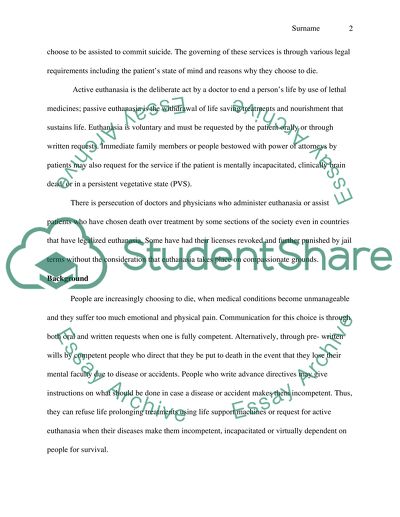Cite this document
(“Right to Die Essay Example | Topics and Well Written Essays - 3250 words”, n.d.)
Retrieved from https://studentshare.org/english/1399712-right-to-die
Retrieved from https://studentshare.org/english/1399712-right-to-die
(Right to Die Essay Example | Topics and Well Written Essays - 3250 Words)
https://studentshare.org/english/1399712-right-to-die.
https://studentshare.org/english/1399712-right-to-die.
“Right to Die Essay Example | Topics and Well Written Essays - 3250 Words”, n.d. https://studentshare.org/english/1399712-right-to-die.


